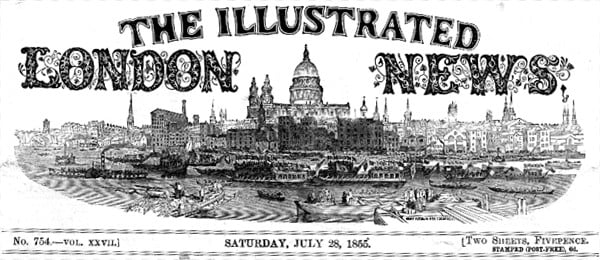The story of how these iconic Chess Pieces came to be recognised as the official instruments of the World Chess Federation is a remarkable one, involving the editor of the world’s first illustrated news magazine, a master craftsmen and the best chess player in the world. In Victorian London, as railway lines were connecting England’s largest towns and industry was growing like never before, three men were about to change the world of chess forever.
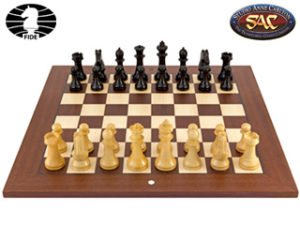
The facts of exactly who is responsible for these pieces is one of great contention although the parallel stories of the men involved, and the historical trends of the time, give us enough clues to make a strong case that it was, in part, thanks to all three. There can be no doubt that the English middle class was growing alongside a boom in industry, something news editor Nathanial Cook would be only too aware of. This new, socially mobile group would be keen to illustrate its heightened status by spending their newfound wealth. Designing a set of chess pieces so elegantly based on the regal nature of Victorian society, that could be mass-produced, was the perfect solution. Cook’s brother-in-law, John Jaques, was a master turner and manufacturer of sports and gaming equipment. Both men were acutely aware of the opportunity they had.
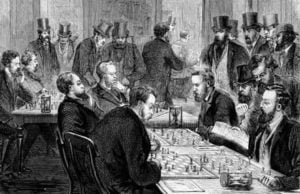
All of the pieces were in place and, together, the two of them created a new design of chessmen made from beautiful Ebony and Boxwood. In homage to this we at RegencyChess still stock a number of sets made from the same two woods, including the Broadbase, Windsor and Elegant Series Chessmen.
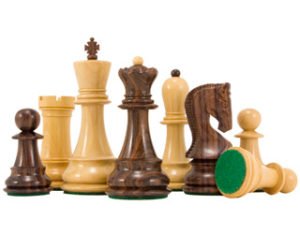
Because Ebony is so rare we also offer dyed ebonised pieces that look the part and are specially weighted to give them a luxury feel. Our Down Head Knight collection is the best example of this, ranging in price from £29.61 to £32.90 per set. It was not the material, however, that the third man in this story was worried about back in the 1840s. Recognised as the best player in the world at the time, Howard Staunton was travelling the globe competing against his rivals such as France’s Pierre Charles Fournier de Saint-Amant.
On several occasions the talented Englishmen noted that his opponents were using pieces that were hard to distinguish from one another, complaining that it was hard to concentrate fully on the game.
These comments were often published in The Illustrated London News, a publication edited at the time by a certain Nathanial Cook. So it came to be that a disgruntled chess player came into contact with a clever entrepreneur who, in turn, was related to a master craftsmen and businessman. All in a country that was at the forefront of industrial revolutionism. On September 8, 1849, the Illustrated London News published a small paragraph that is thought to have been written by Staunton himself. The fact that it would change the world of chess, though, is certain.
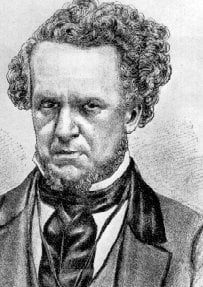
“ A set of Chessmen, of a pattern combining elegance and solidity to a degree hitherto unknown, has recently appeared under the auspices of the celebrated player Mr. Staunton. A guiding principle has been to give by their form a signification to the various pieces – thus the king is represented by a crown, the Queen by a coronet, & c. The pieces generally are fashioned with convenience to the hand; and it is to be remarked, that while there is so great an accession to elegance of form, it is not attained at the expense of practical utility. Mr. Staunton’s pattern adopts but elevates the conventional form; and the base of the Pieces being of a large diameter, they are more steady than ordinary sets. ”
By 1924 FIDE had made the pieces their official shape and finally the world of chess had a well-balanced set that was consistent in shape and quality, of which we are proud to still sell today. In other catagories we sell ornate, luxury and metal chessmen that have their own distinct features, yet all still find inspiration from this Victorian design. We also have sought after sets based on earlier designs such as the Isle of Lewis and St George Series, which give an insight into the inspirations the aforementioned pioneers drew upon.

The Staunton Chess Pieces in the Regency Collection are made from materials as diverse as Red Sandelwood to Golden Sheesham, while the same ‘traditional’ style of Jaques, Cook and Staunton always remains.

